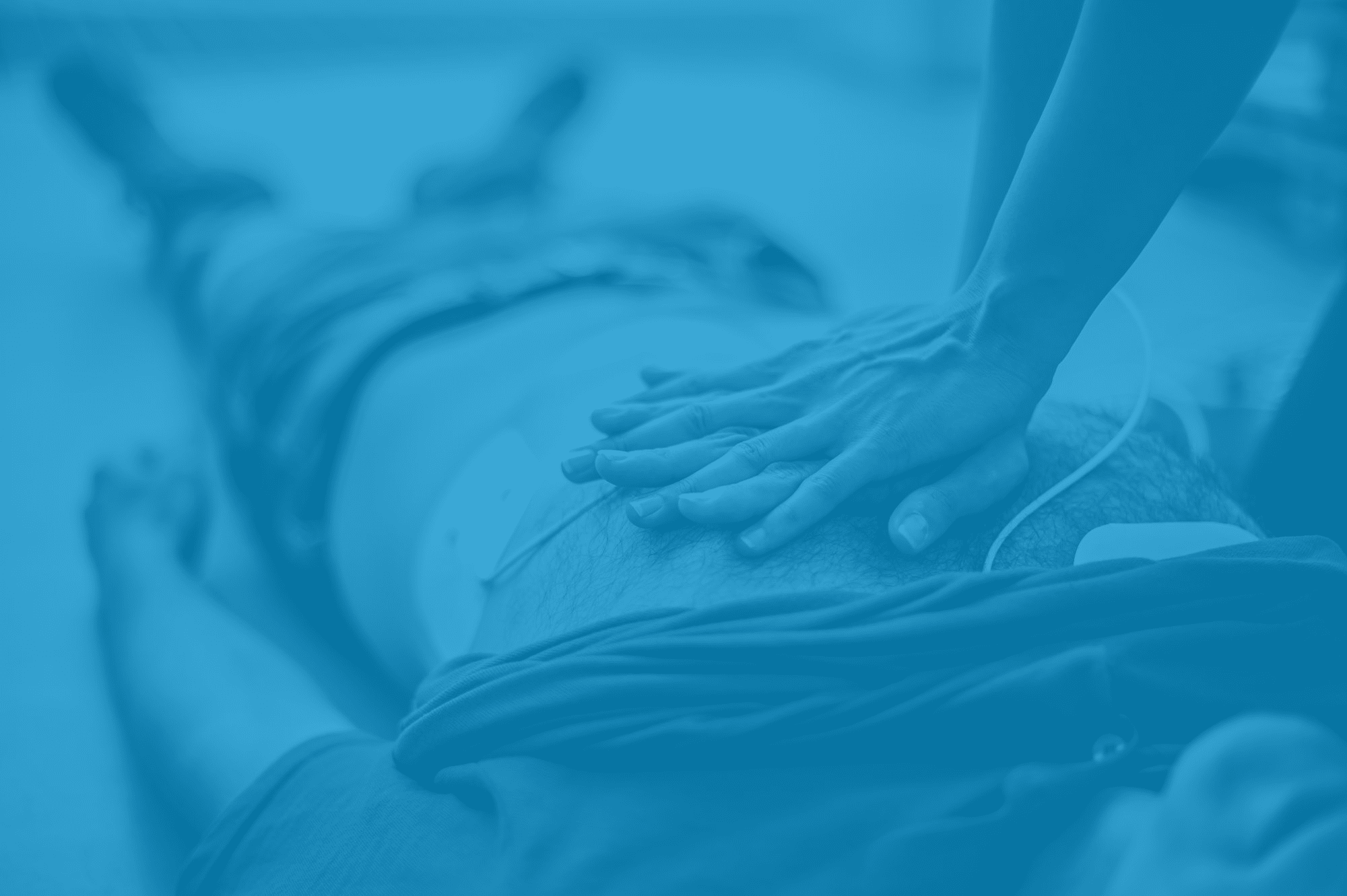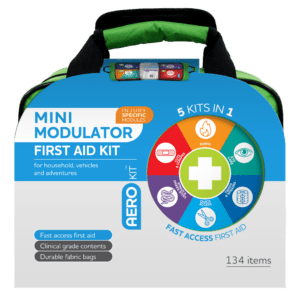COVID-19 has temporarily changed the way we respond to a cardiac arrest situation. When responding to a cardiac arrest emergency, responders must be sure to do a quick risk assessment of their own health, especially when the victim is not a family member.
In a cardiac arrest situation, what you are effectively trying to achieve is to buy some time until medical professionals or a defibrillator arrives at the scene. The theory behind chest compressions is that the chest acts to artificially pump the heart, pushing blood around the body and providing oxygen to vital organs, especially the brain.
In this COVID-19 world, unless you have resuscitation masks, compressions only CPR is recommended. It’s acknowledged that rescue breaths can also be beneficial to the victim. It’s important to note, however, that chest compressions are not capable of “restarting” a heart that has stopped beating (provided the heart is in a shockable rhythm). For that, you’re going to need a defibrillator such as the Heartsine Samaritan 500P, 360P or 350P. Having a workplace defibrillator is important for enabling a quick response by first aiders.
It’s important in a first aid course to learn the basics of CPR and understand the two different CPR responses. First aid training providers such as Allens Training offer courses for CPR. The Australian Resuscitation council advises if the health advice is to wear a mask, you should have your mask on and start compressions only CPR. Consider placing a light cloth or clothing over the person’s mouth to avoid any droplet transmission. They also advise that any attempt at resuscitation is better than no attempt at all.
CPR does save lives and early defibrillation is almost essential for good outcomes. First aid teaches us to seek help quickly and know where the closest defibrillator is. First aid knowledge is essential in this quickly evolving world. We are here to help you stay safe when attempting resuscitation in the community.
Calling the ambulance on triple zero (000) is a vital step.
Proving CPR in this COVID-19 world and although it’s so important to start compressions CPR, this can be completed as safely as possible, after all, its safety first.



 Introducing the NEW Mini Modulator - perfectly sized for taking on your next adventure!
Introducing the NEW Mini Modulator - perfectly sized for taking on your next adventure!
